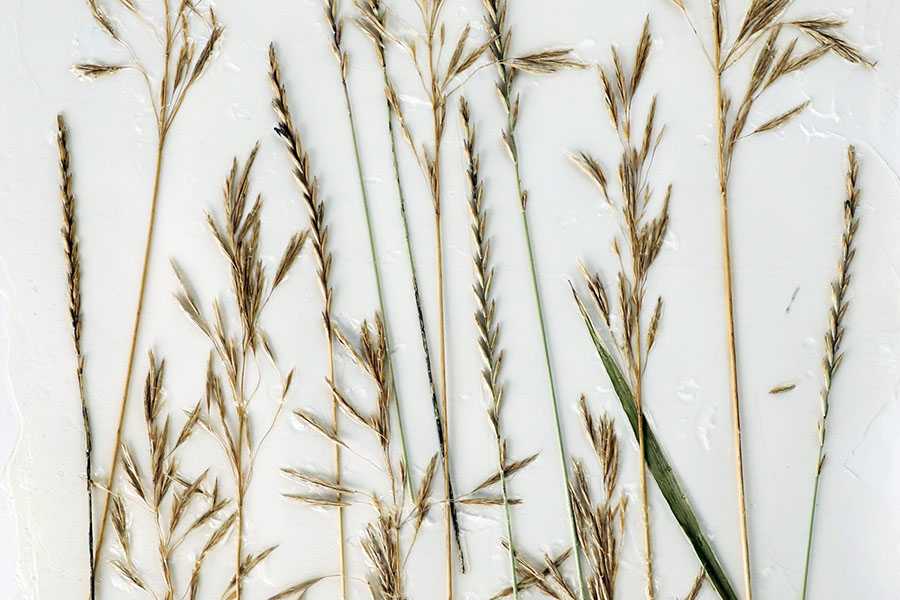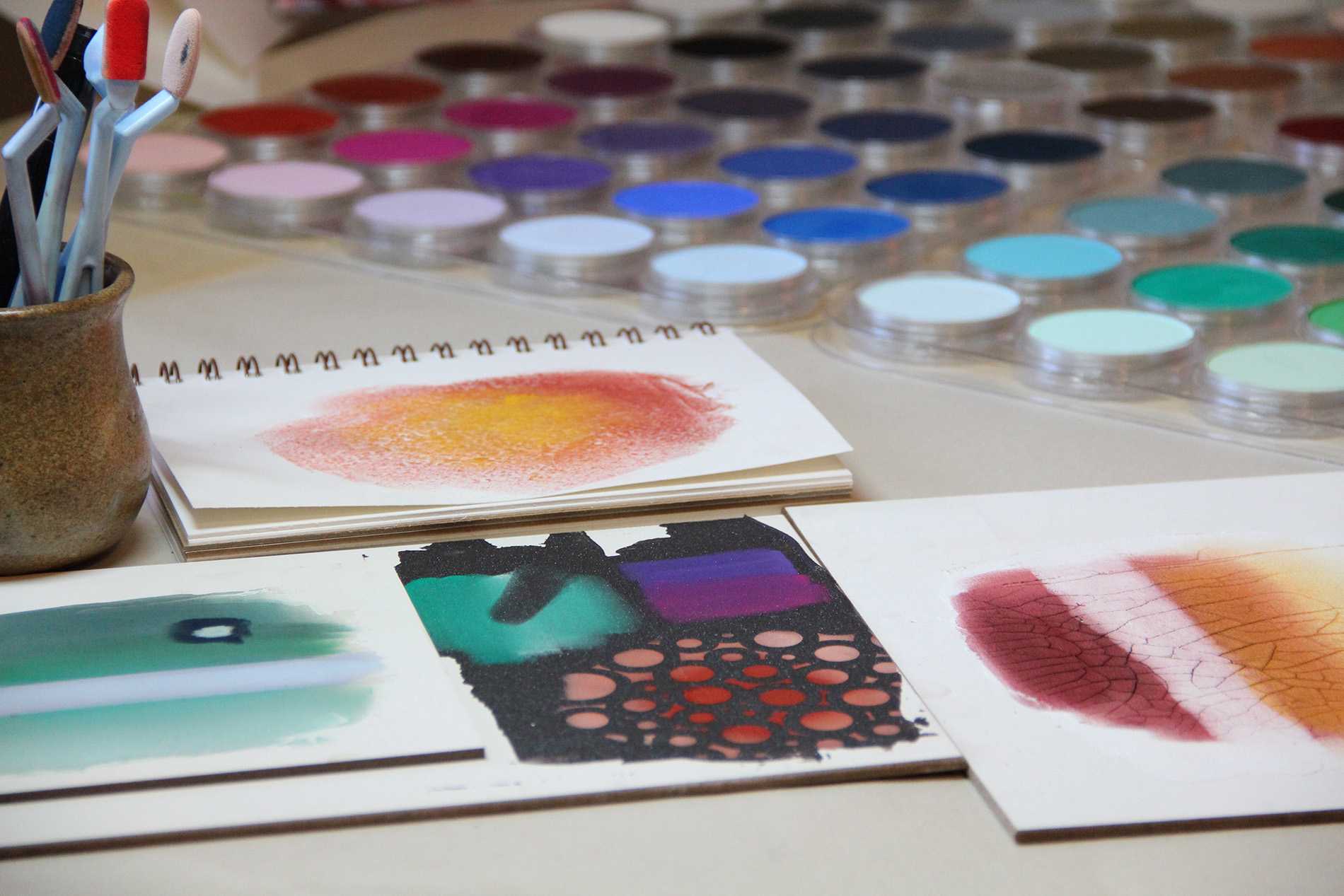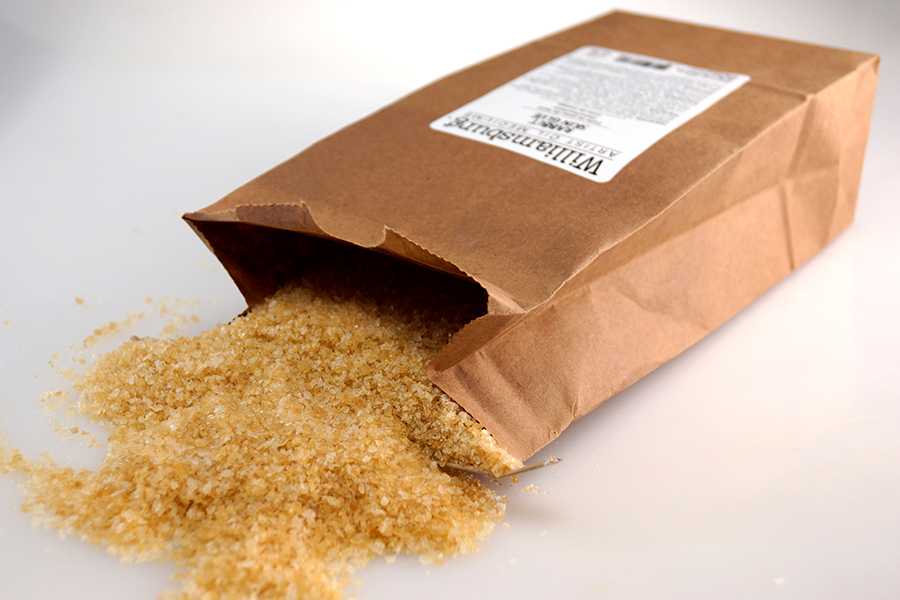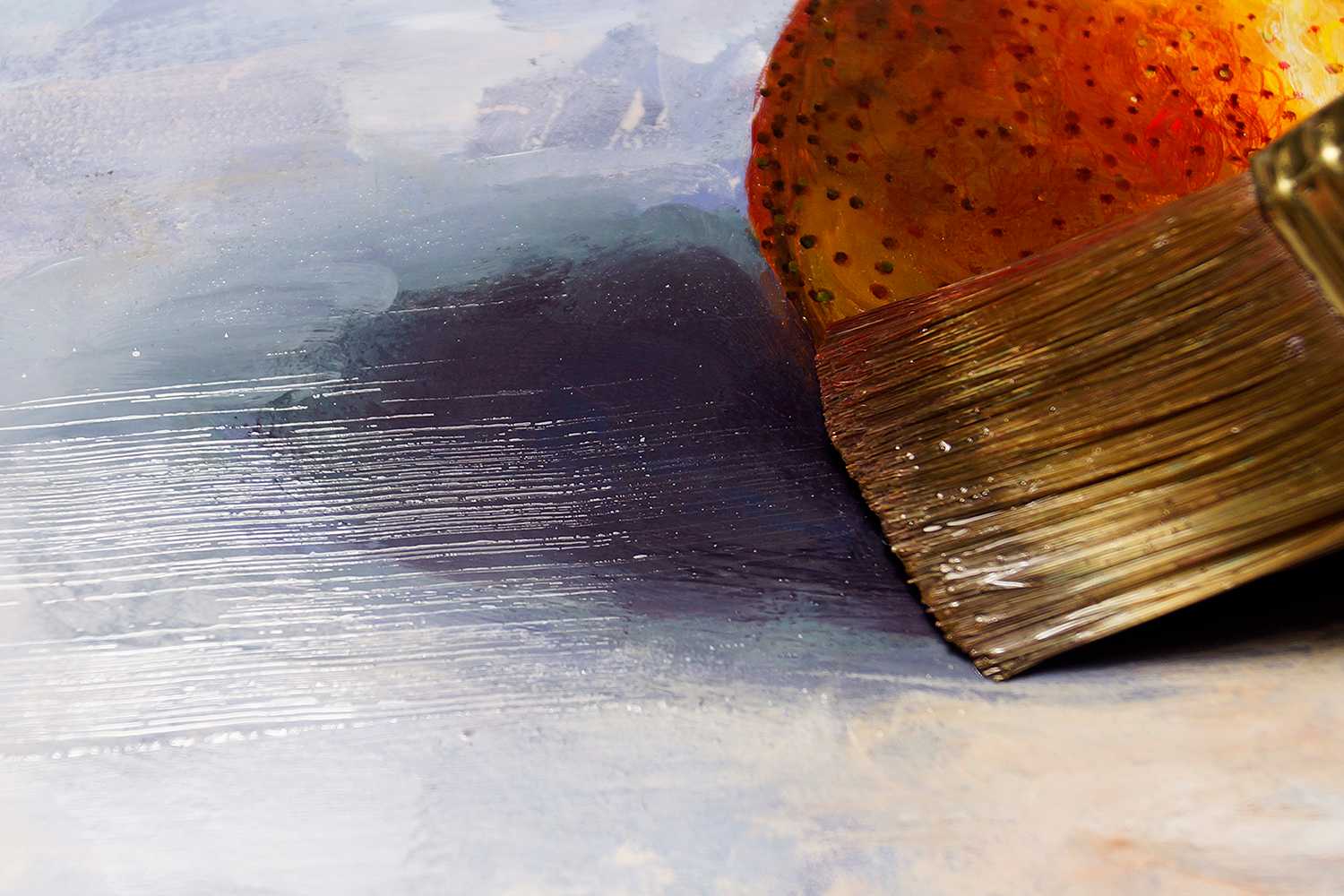SANDABLE HARD GESSO
GOLDEN Sandable Hard Gesso is formulated with 100% acrylic dispersion polymer and can be sanded to provide surfaces that are smoother and more even than those created using regular gesso.
PRODUCT DESCRIPTION
GOLDEN Sandable Hard Gesso is formulated with 100% acrylic polymer emulsion. It contains high levels of titanium dioxide, calcium carbonate, and other inert solids to produce an easily sanded surface.
NOTE: This product is designed for rigid substrates only and is NOT to be used on flexible materials, as cracking may occur.
PRODUCT APPLICATION
Only use on inflexible substrates such as hardboard, wood or metal panels. Potential for cracking may occur if used on highly absorbent surfaces, like canvas, even when adhered to a rigid surface beforehand.
Apply in multiple thin layers, gradually building up to the desired thickness. Single thick layers could crack upon drying. Stir before use.
Sanding
When sanding, follow these general guidelines:
- Allow Sandable Hard Gesso to dry completely before sanding. Cured acrylic films are easier to sand.
- Start with coarser grit sandpapers, followed by subsequently finer grits until desired smoothness is achieved.
- Both wet and dry sandpapers may be used.
- Wet sanding generates less airborne dust and tends to produce a smoother surface than dry sanding.
- Sanding to a glossy (polished) surface can reduce mechanical adhesion of paint films. As always, test for your application.
- Upon completion of sanding, use a damp, soft cloth to remove sanding dust particles from the surface. Failure to do so can cause poor adhesion.
Dilution
Brushing: This product may be diluted with up to 20% water for ease of brush application.
Spraying: Dilute Sandable Hard Gesso with GOLDEN Airbrush Medium. Begin at a 2:1 ratio (Gesso:Medium) and test spray quality, as various spray equipment may require additional thinning. Further reduce viscosity by adding up to 20% water.
Acrylic Painting:
To reduce yellowing caused by Support Induced Discoloration (S.I.D.) when painting on supports that contain water soluble impurities, such as canvas and wood panels, first apply two coats of Gloss Medium and allow to dry thoroughly. Then apply the desired number of coats of Sandable Hard Gesso.
Oil Painting:
Apply oil paints to 2 or more coats of Sandable Hard Gesso. To protect canvas when adhered to rigid supports, from linseed oil acids, apply 2-3 coats of Acrylic Gesso directly on the raw canvas before the Sandable Hard Gesso. Allow the acrylic products sufficient time to cure before applying oil paints in order to maximize mechanical adhesion, typically 3 days after final layer.
Mixing With Other GOLDEN Products:
GOLDEN Sandable Hard Gesso may be tinted up to 10% with GOLDEN Acrylic colors. Higher levels of paints reduce the sandability and absorbency of the product.
FURTHER READING
Disclaimer
The above information is based on research and testing done by Golden Artist Colors, Inc., and is provided as a basis for understanding the potential uses of the products mentioned. Due to the numerous variables in methods, materials and conditions of producing art, Golden Artist Colors, Inc. cannot be sure the product will be right for you. Therefore, we urge product users to test each application to ensure all individual project requirements are met. While we believe the above information is accurate, WE MAKE NO EXPRESS OR IMPLIED WARRANTIES OF MERCHANTABILITY OR FITNESS FOR A PARTICULAR PURPOSE, and we shall in no event be liable for any damages (indirect, consequential, or otherwise) that may occur as a result of a product application.




